Panier
Close
- No products in the cart.
Sous total (Hors frais de livraison)
0,00€
Payer
Expédition et livraison
Réparation et maintenance
So, to start with, a few prerequisites for downwind SUP foiling. Ideally, you should already have some experience, in SUP and classic SUP foil, before embarking on a downwind, so that you can get to grips with paddling.
This rowing technique can clearly be refined over time. It can also be worked on the flat, without being in a condition where there are waves. So there are quite a few options here. An interesting technique is to work on your rowing technique, so that you can row straight while rowing on the same side. In other words, being able to give a 20ne, 30ne, 40ne of rowing strokes, while ensuring that the board pulls relatively straight. This will generate power on start-up.
The advantage of rowing with the foot staggered, of course, is that you can also manage the board’s pitch, and help the board dive into the bump you’re trying to catch.
So, a little experience in SUP and classic SUP foil, on a small basic wave spot, is going to help a lot.
Then, in the hardcore downwind configuration, a large part of the work involves selecting the bump in which to start.
The bump will be this micro-clapot, this small wave, which will be a little steeper than the others on the water. This will enable us to get started. Identifying these bumps is fairly straightforward, but requires a little experience to distinguish them from the others.
These are small swell trains that will have a sharper thrust than the others. It won’t necessarily be a long-lasting push. But it’s going to be more brutal, in a way. There will be a suction effect at first, then a push for 2-3 seconds, depending on the type of bump. If you’ve anticipated a few explosive strokes of the oar during the suction effect, you’ll end up with the speed you need, which will clearly help you plan to take the bump during the push effect that will follow.
To be able to take off on this kind of bump, you still need to develop a decent level of explosiveness. This level of explosiveness is best achieved over relatively short distances.
If we need to send 100 explosive starter cartridges, it’s going to be pretty complicated. But if you have a dozen explosive cartridges to deliver, it’s much simpler. As far as beginners are concerned, we really need to encourage shorter courses. 2-3 km is more than enough, even shorter, in absolute terms.
In a second phase, we can go for more efficient foils, which are longer, with a little less surface area, but which still glide very well.
And, of course, a downwind board. For those who don’t have a downwind board under their feet, a board is the longest, with the greatest level of narrowness.
On the strategy for generating short runs, there’s an interesting technique. It’s all about going upwind with a tiny wing, foil and downwind board, naturally, and hanging the oar on the handles. We can afford to make a small upwind run. If you’re equipped with a waterproof bag, put this wing in the waterproof bag as a second step, once you’ve done the short 1, 2, 3 km ascent. It’s a great way of doing micro tours, without getting bogged down in logistics. For those who have more time to do so, they can of course also extend the routes.
Someone who has mastered pumping, after the start-up phase of course, will have a better technique for maintaining flight. Even if he doesn’t find the perfect connections, he’ll be able to compensate a little with his looks. It’s clearly not essential, but it’s a plus.
Click & Collect
Secure payment in 3 or 4 instalments
Advice from enthusiasts
Satisfied or your money back
2 to 3 years warranty
Worldwide delivery
Votre emplacement actuel et les langues disponibles
Your current location and available languages
Build your complete foil equipment according to your practice and objectives.
Answer a few quick questions and get a suggestion.
Compare up to three stabilizers side by side.
Coming soon...
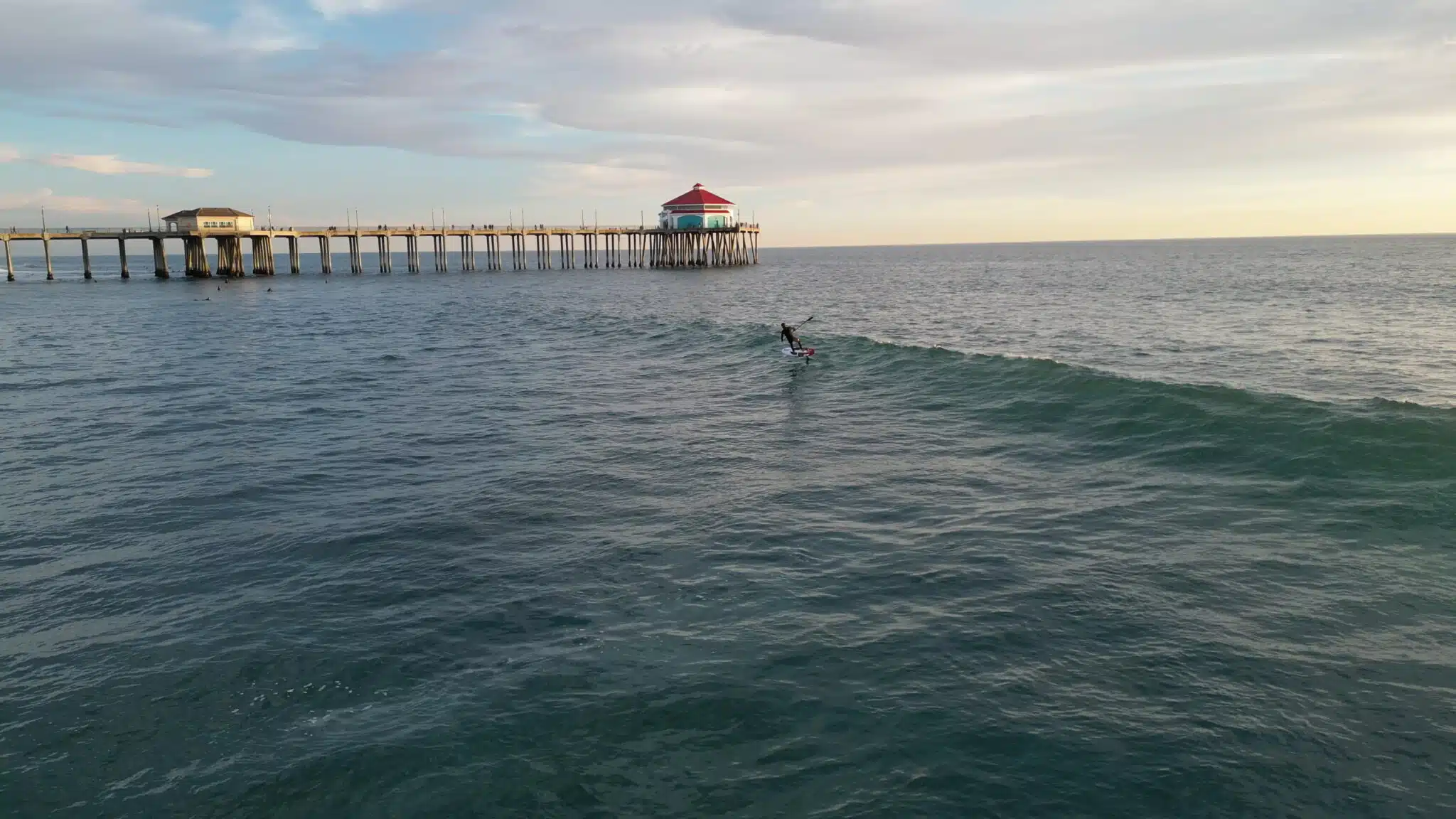
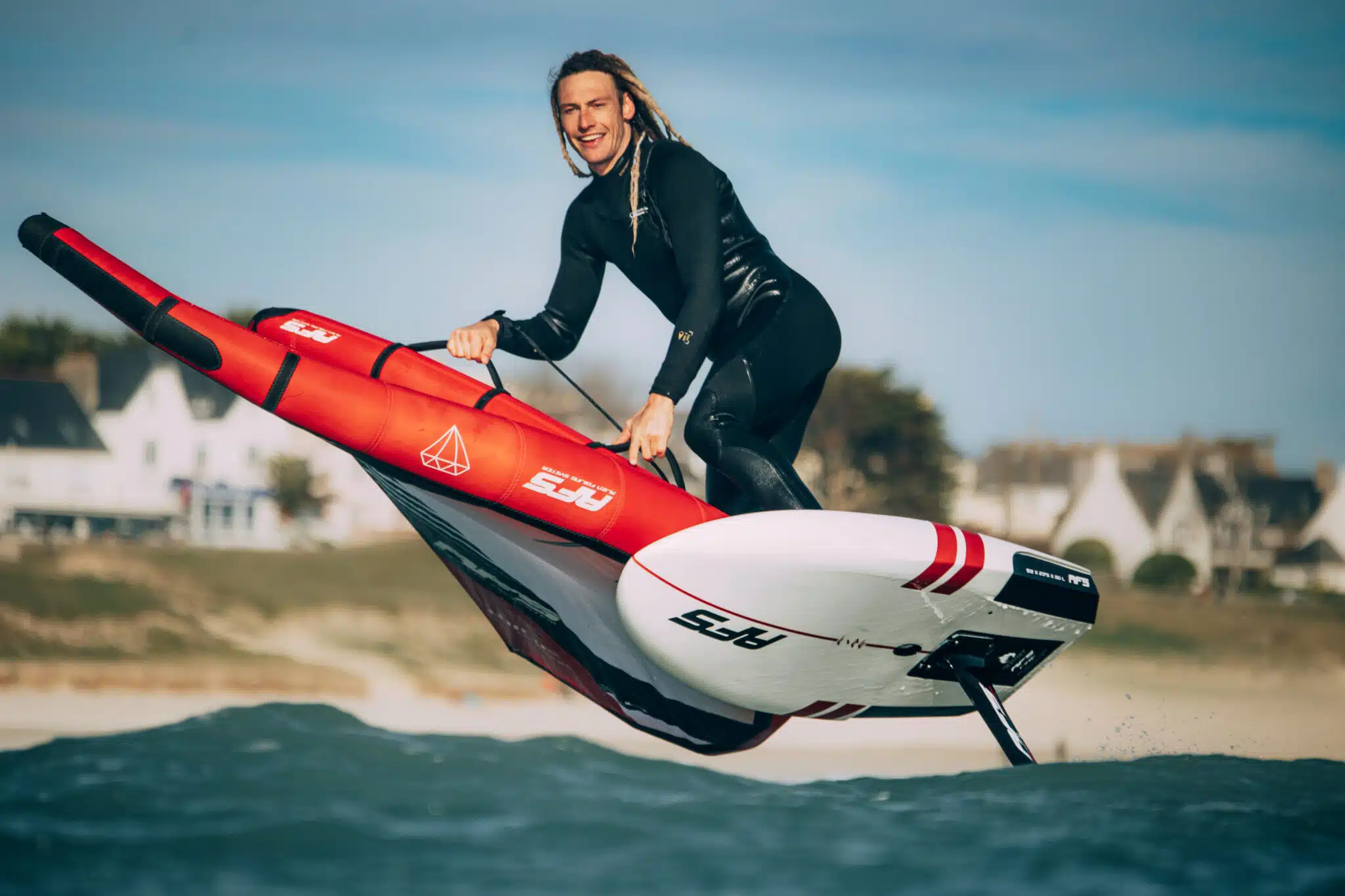

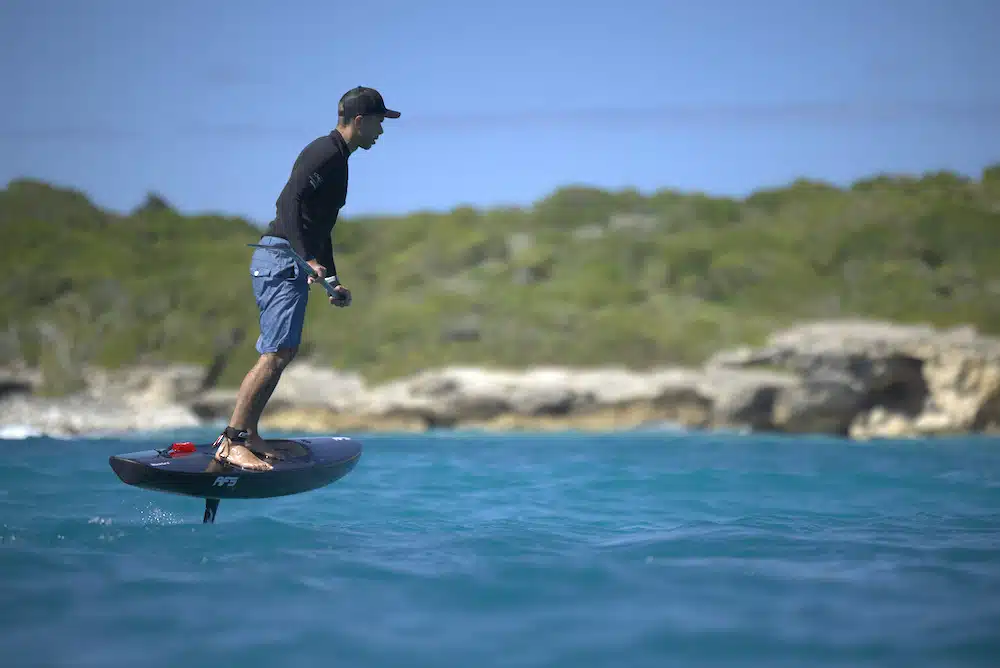
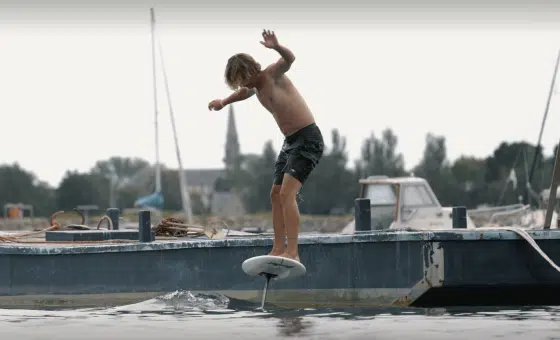
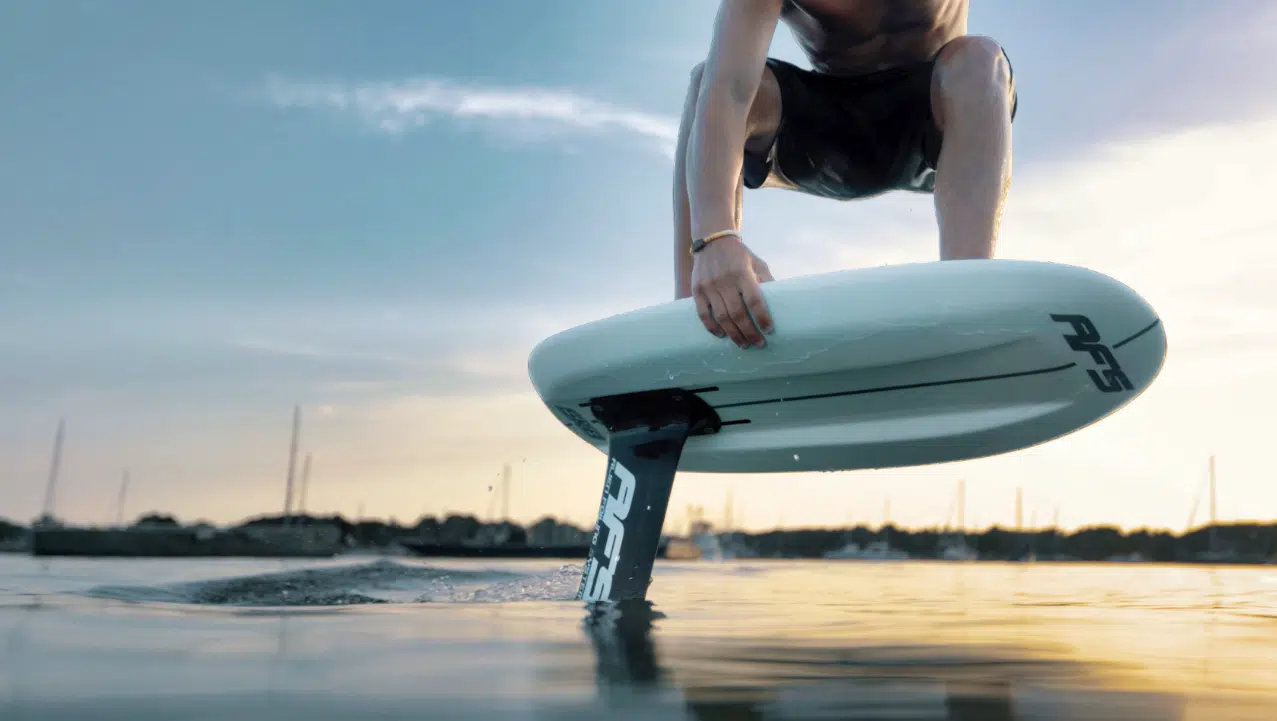
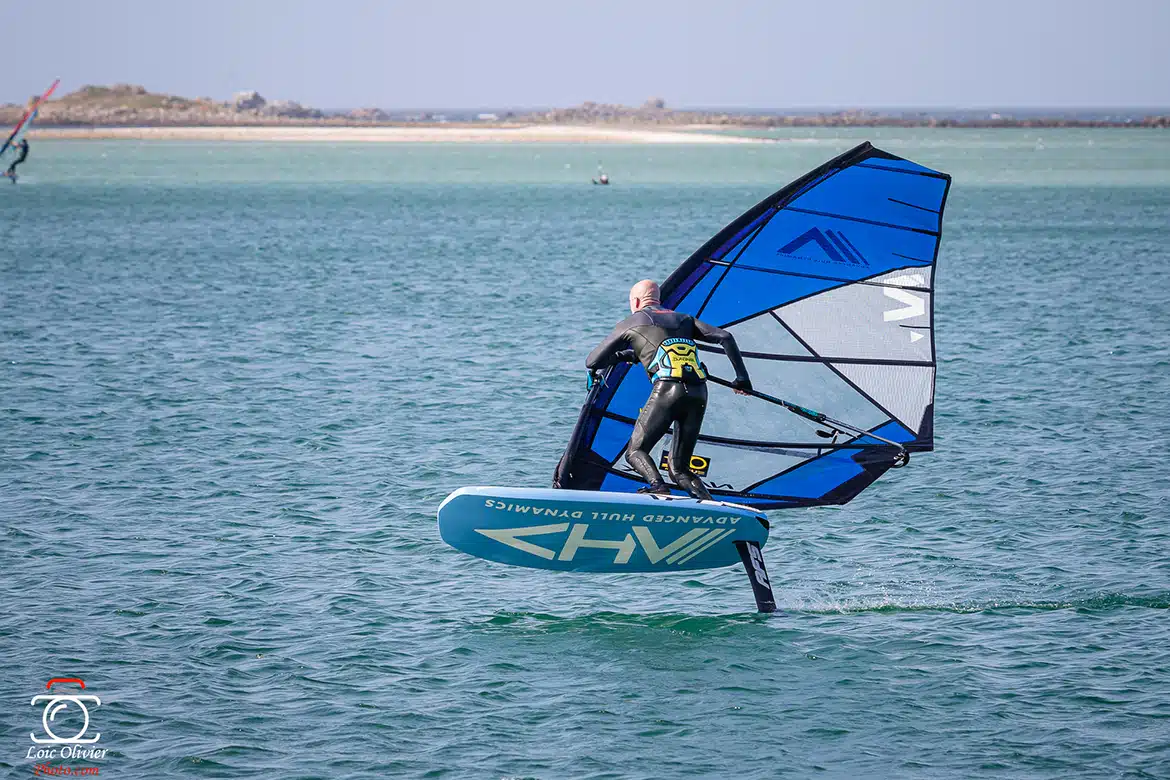
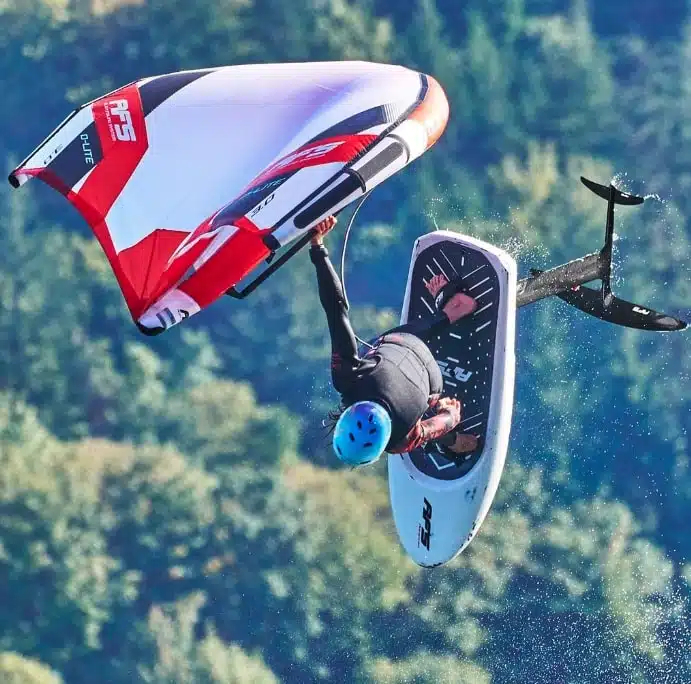
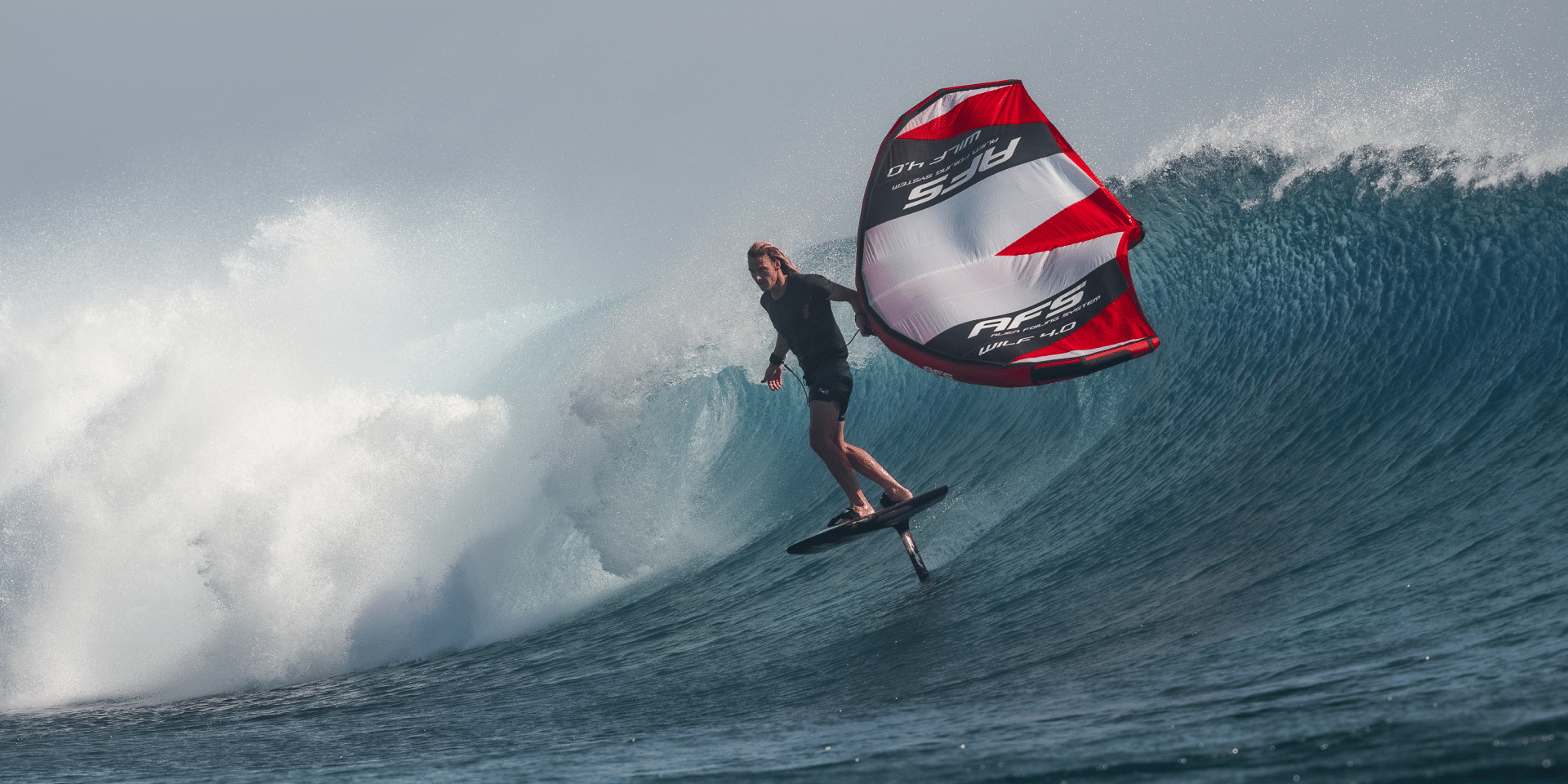
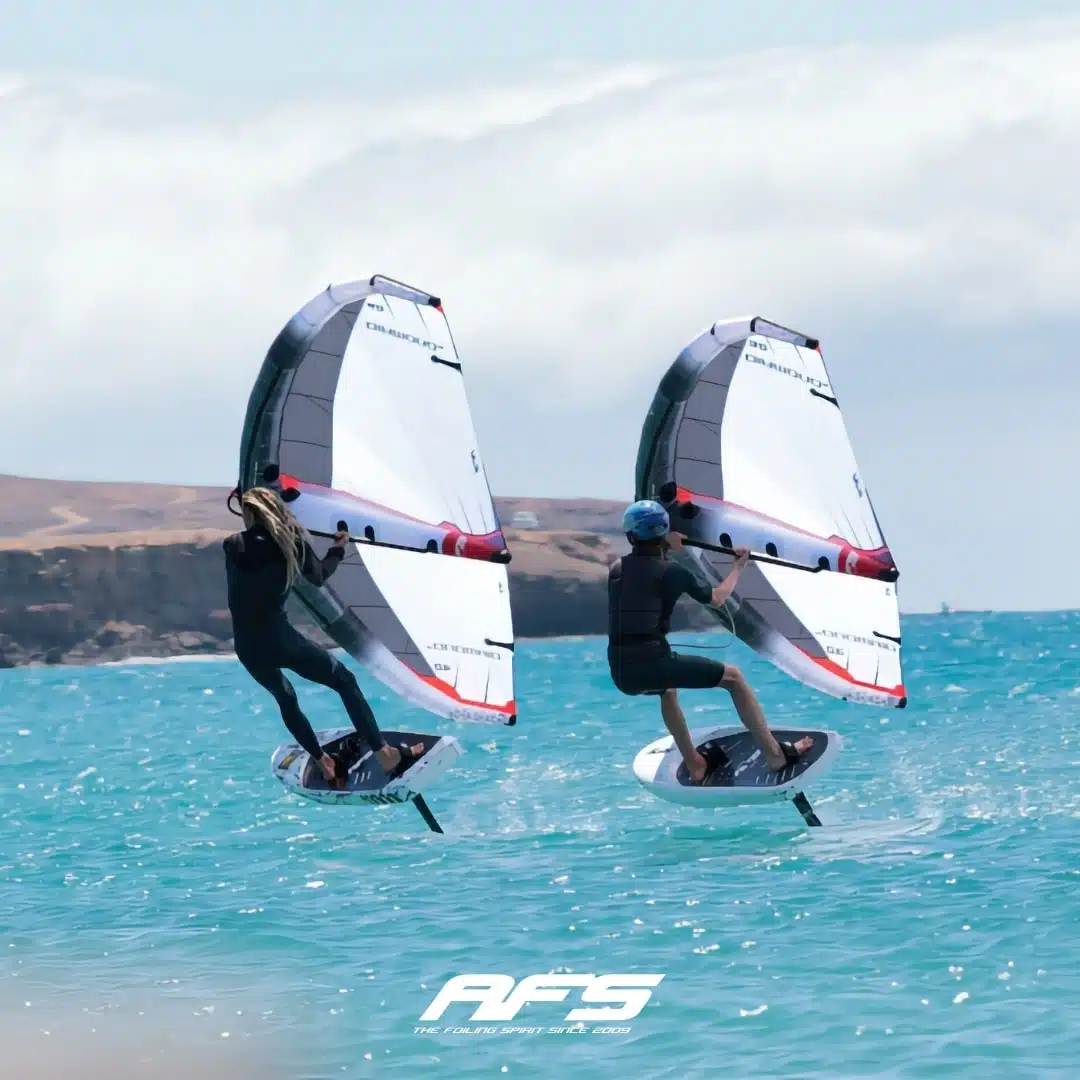
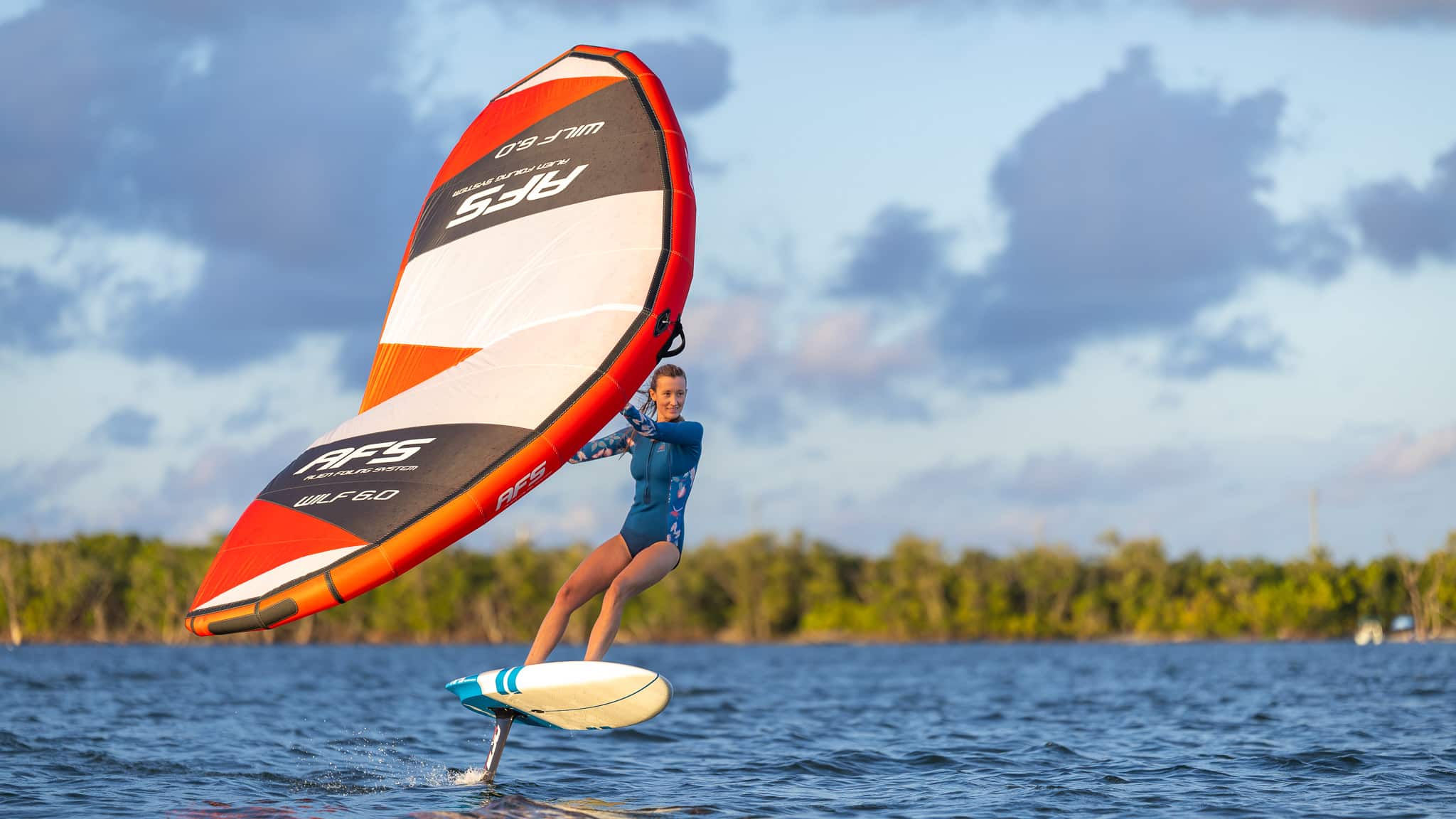

You will receive a product in excellent condition, with a few minor scratches from use.
Your product may have a few minor scratches or visual defects, but it's ready to take to the water again!
Despite deeper scratches or more pronounced visual defects, your product can take to the sea without hesitation: at this price, it's a shame to miss out!